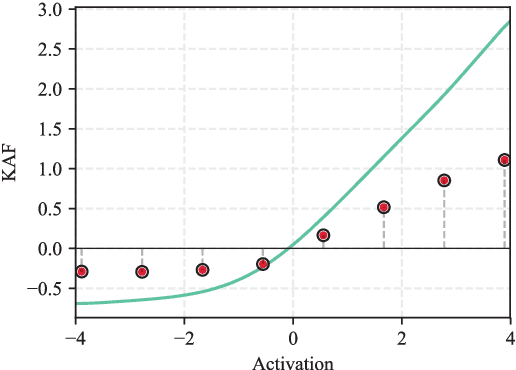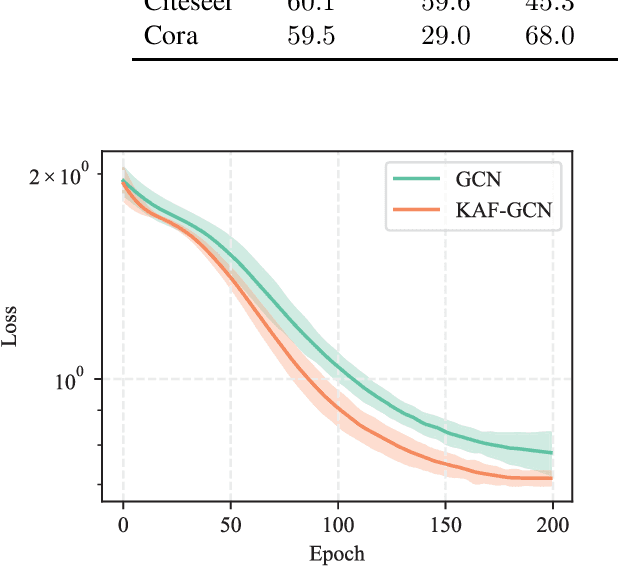Improving Graph Convolutional Networks with Non-Parametric Activation Functions
Paper and Code
Feb 26, 2018


Graph neural networks (GNNs) are a class of neural networks that allow to efficiently perform inference on data that is associated to a graph structure, such as, e.g., citation networks or knowledge graphs. While several variants of GNNs have been proposed, they only consider simple nonlinear activation functions in their layers, such as rectifiers or squashing functions. In this paper, we investigate the use of graph convolutional networks (GCNs) when combined with more complex activation functions, able to adapt from the training data. More specifically, we extend the recently proposed kernel activation function, a non-parametric model which can be implemented easily, can be regularized with standard $\ell_p$-norms techniques, and is smooth over its entire domain. Our experimental evaluation shows that the proposed architecture can significantly improve over its baseline, while similar improvements cannot be obtained by simply increasing the depth or size of the original GCN.
 Add to Chrome
Add to Chrome Add to Firefox
Add to Firefox Add to Edge
Add to Edge